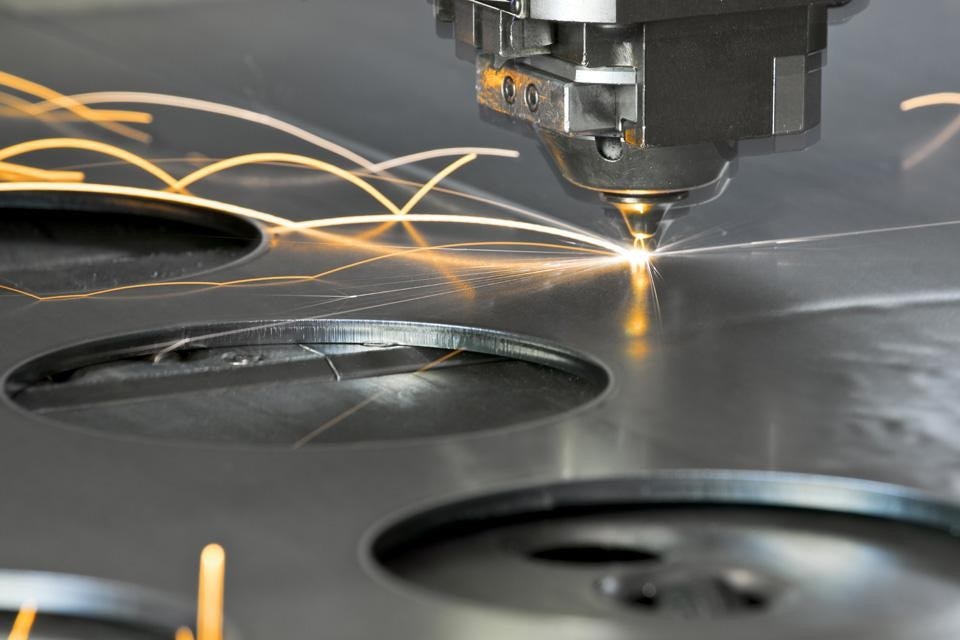Domus, in collaboration with FabLab Torino, invites designers, architects, students and professionals to participate in an open-source design challenge: conceive a line of furniture to be used in FabLabs all around the world that can be manufactured in the FabLabs themselves. A selection of the best designs, chosen by a panel of experts, will be realised and exhibited by Domus at the Milan Salone del Mobile in April 2012, published in Domus and made available for download on domusweb.it.
FabLabs are a global network of small-scale workshops offering cutting-edge digital fabrication technologies to communities all around the world. Autoprogettazione 2.0 intends to explore how these fabrication technologies, combined with the networked creative talent of the design community, can open up new horizons in furniture design and manufacturing.
The title is a homage to Autoprogettazione, which roughly translates as "self-design", a visionary concept proposed by Milanese designer Enzo Mari in 1974. Mari's now-legendary project consisted of a set of guidelines to create "cheap, high quality, long lasting and easy-to-assemble" furniture using only rough boards and nails. Mari's project was at the same time a serious design proposition and a provocative invitation to consider the production process with a critical eye.
Autoprogettazione 2.0 is an invitation to consider the potential of a diffused, localised manufacturing network combined with the self-build ethos proposed by Mari for the future of furniture design. It is an open-ended process that seeks to leverage the combined intelligence and talent of the design community and collaborative, open-source networks. Selected projects will be exhibited by Domus in an exhibition exploring the future of manufacturing hosted in Palazzo Clerici, one of Milan's most prestigious palazzi.
The submission deadline is 27 March 2012. Full information on the challenge, manufacturing specifications and submission process can be found below. Although we are taking FabLab Torino as a reference environment, we believe that the designs generated in this call for ideas will be widely used, adapted and shared across the world for use in many different environments, including domestic and office spaces.
1. Selection Committee
2. Furniture guidelines
3. Machine and tool specs
4. Registration and submission guidelines
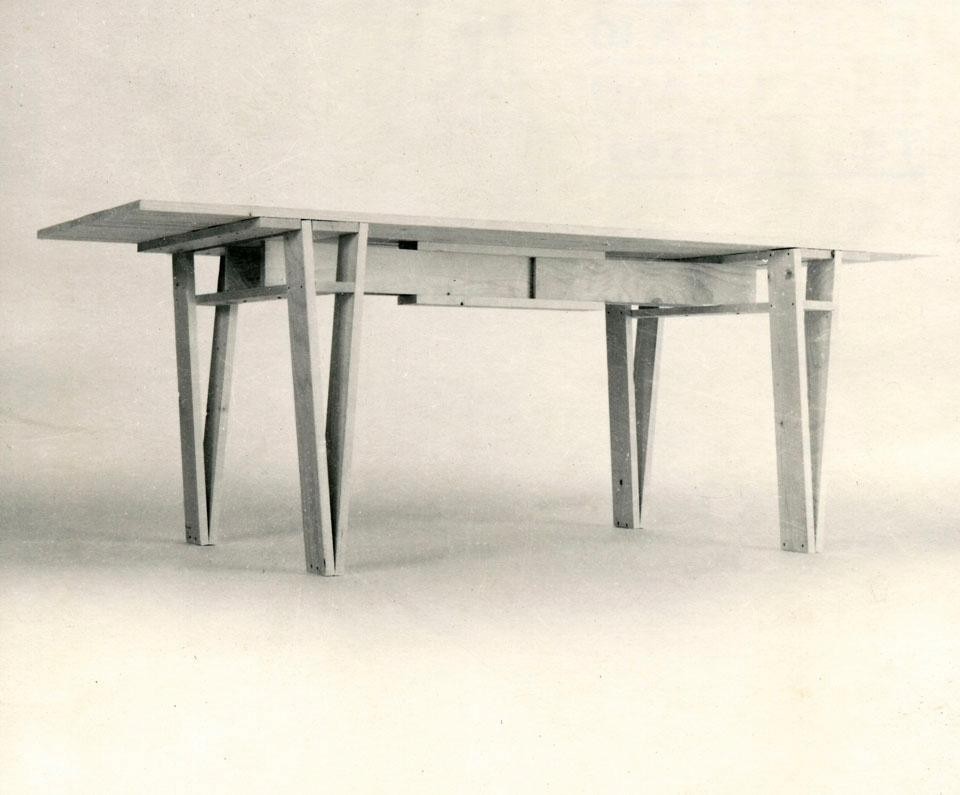
1. Selection Committee
Several projects – between 5 and 10, depending on the committee's selection – will be fabricated and displayed in a temporary FabLab set up inside the Domus space in Milan during the FuoriSalone 2012 (17 – 22 April). The selection committee will consist of:
Paola Antonelli (Curator, MoMA NY)
Enrico Bassi (FabLab Torino)
Massimo Banzi (Creator of Arduino; FabLab Torino)
Joseph Grima (Editor, Domus)
Clemens Weisshaar (Designer, KramWeisshaar)
The designs will be assessed as a whole with special focus on how functional and flexible the system is, how intelligent the production process is and the optimisation of material consumptions, environmental impact and the bearing on the intended spaces. Remember that FabLabs are workshops—functional laboratories, so the furniture must reflect this.
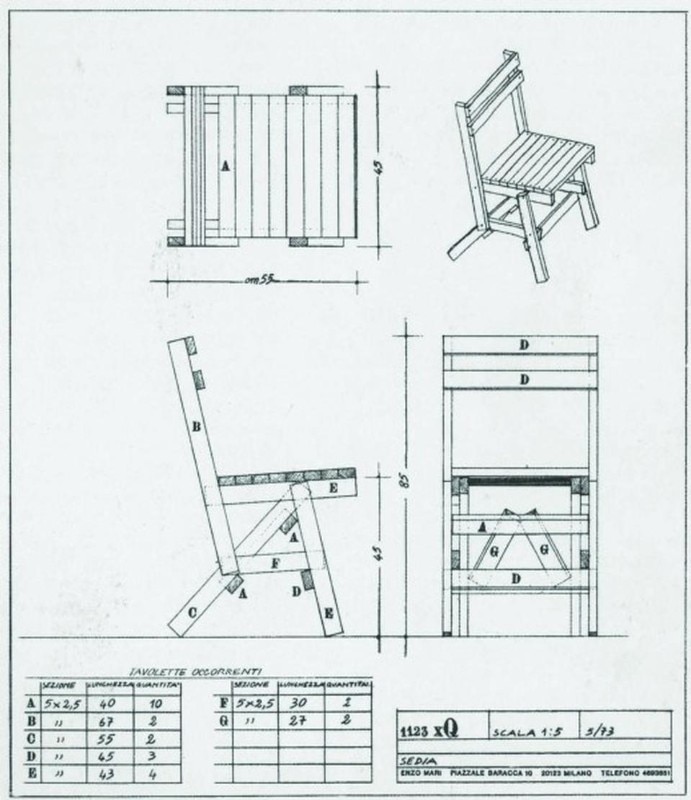
2. Furniture guidelines
Table/Desk
FabLabs are roughly a cross between an office and a workshop, and tables reflect this more than anything. Tables define workspaces so they must be sturdy and versatile systems.
Every FabLab differs from the rest – in user numbers, spaces and main activities – so people have to be able to assemble the tables according to the needs of each workshop and must be able to adapt or differentiate them to suit their intended use (training, lab, chill-out, office, etc.) The activities are varied and constantly evolving so tables have to be quickly adaptable, passing perhaps from electronics (welding circuits, debugging, testing) to design on a PC and even processing.
As in all self-respecting workshops, the tables are often "ill-treated". Cutting, screwing, sanding, welding and nailing are examples of common operations.
Organising spaces, tidying huge quantities of cables, managing several activities ongoing at the same time or different users, setting up\dismantling\altering spaces are just some examples of needs that arise.
More specifically, the tables will have five main uses: working seated at a PC (h 75 cm), following lessons on a PC (h 75 cm), discussions/meetings (h 75 cm), electronic assembly (h 75 cm), and manual jobs (h 90 cm) carried out standing or seated on a stool.
Chair/Seating
FabLab seating is the perfect outlet for creativity, especially when designed for reception or relaxation areas, in which case the sky really is the limit! What matters is demonstrating that even simple, readily available things – salvaged, brand new, discarded or semi-processed objects – can produce fantastic designs. A repaired object has just as much dignity as one straight out of the factory, and is sometimes even more appealing.
As ever, the true maker has two benchmarks:
- making something yourself does not mean doing it "badly" or amateurishly, because it is the idea and creativity that matters and can deliver impressive solutions with low environmental impact.
- doing something by yourself allows you to consider niche markets, offering the possibility of considerably personalising the object and making it unique.
Indicatively, there are three main seating types: seating for tables (h 75 cm) for people working at a PC or in meetings; seating for work tables (h 90 cm); and relaxed seating for chill-out areas.
Lamps
The lamps may be for tables, walls or ceilings. Remember that Arduino allows you to make intelligent objects in a FabLab, things that can react to the environment, adapt to different uses, etc. They can have LEDs or energy-saving bulbs and be made from scrap, recycled or brand-new materials.
With 3D printers, laser cutting and other digital technologies you can create otherwise unimaginable objects. Although they must be strong and durable, the cost of 3D printing is based on the amount of material needed, not on complexity.
It is also worth remembering that the Torino FabLab structure only has diffused lighting which has to be supplemented with directional lighting to make work areas comfortable, both those equipped with PCs and those used for teaching, electronic assembly and manual processes.
Bookcases/Storage
As this space produces objects, an easy-to-use storage system is one of its most common needs, for everything from small objects to materials or a design ready for delivery or display. This means taking into account different content sizes and different access/use frequency of all areas, plus the different sizes of walls or spaces occupied.
The storage systems must also adapt to the available walls\spaces which may be empty corners, very high or sometimes entire walls.
As well as the capability of storage units, it is important to consider their ability to "furnish" and "separate" space. In some cases, half-height separations like a bar counter will be practical; other cases may require higher separations to divide rooms. When introducing high separations, you must devise systems to control the passage of light and noise.
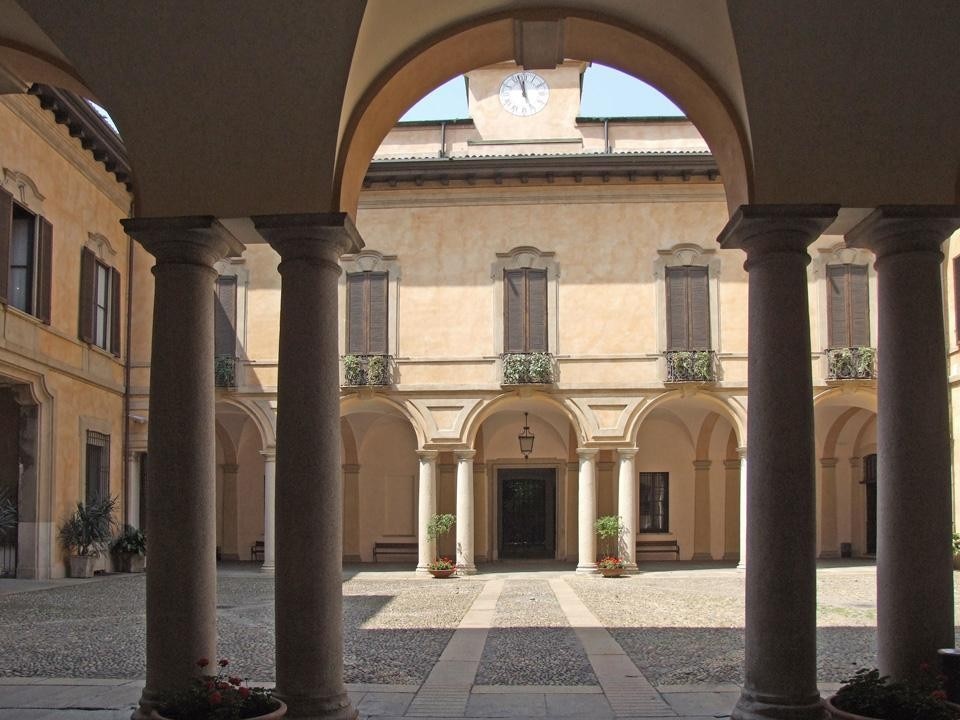
3. Machine and tool specs
Numerically-controlled machinery that is available to be used for fabrication:
- CNC pantograph
- Laser cutting
- Printing and cutting plotter
- 3D printers
- Circuit board milling machine
CNC router (files to be submitted in DXF format)
- 2.5 axis milling machine (cuts sections to different depths, makes holes, creates pockets, etc.)
- max. work area: 1,550 x 2,000 mm
- can mill, cut with blades and make folding lines, holes, etc.
- material that can be cut: wood, plywood, MDF, foams, plastics, fabrics, felt, leather, cardboard, etc.; no metal, glass, ceramic and similar
- materials that can be engraved: same as above
- max. cutting thickness: 30 mm
- only flat sheets of material can be processed
- always cuts perpendicular to the plane
- several materials can also be joined together
Laser Cutting (files to be submitted in DXF format)
- max. work area: 785 x 390 mm
- materials that can be cut: wood, plywood, plastics (except PC and PVC), fabrics, felt, leather, cardboard, etc.; no metal, glass, ceramic and similar
- materials that can be engraved: same as above, glass, anodised or painted metal
- max. cutting thickness: 6 mm
- only flat sheets of material can be processed
- always cuts perpendicular to the plane
- several materials can also be joined together
Printing and Cutting Plotter (files to be submitted in DXF and/or JPG format)
- prints and cuts semi-rigid (0.5 mm) or flexible sheets, also rolls
- max. semi-rigid sheet size: 500 mm x 700 mm
- max. roll size: 500 mm x 2,000 mm
- through or partial cutting (folding line) possible on flexible or semi-rigid plastics; transparent, translucent and opaque (different grades of PVC and PP)
- semi-permanent or temporary joins can be designed
- prints and cuts adhesive materials (pre-spaced)
3D Printers (files to be submitted in closed STL format)
- standard work area: 100 x 100 x 120 mm
- max. work area: 270 x 205 x 210 mm
- material: various opaque and translucent plastics
- preferably avoid undercutting beyond 45°
- produces parts with fair mechanical resistance
- virtually no limits to object complexity
Circuit Board Milling Machine (files to be submitted in vectorial .pdf)
- shields can be milled for Arduino Uno, two sided included
- max. area 86 x 55 mm
Other tools
As well as digital instruments, every FabLab has a number of "traditional" tools ranging from electric screwers to sanders, welders and riveters. This allows more flexible and comprehensive intervention on assembly and production.
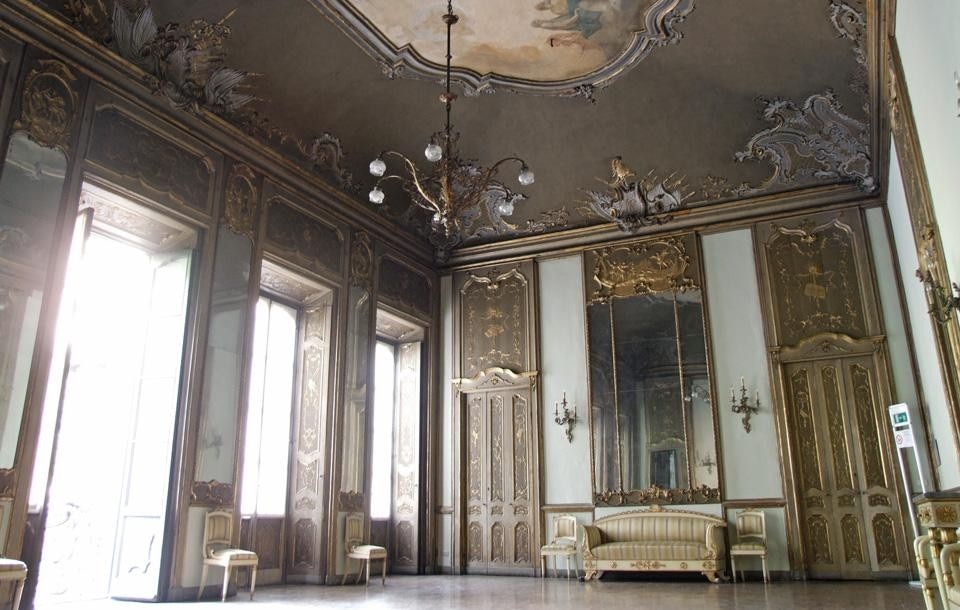
4. Registration and submission guidelines
Participation is free and open to all. To register for participation simply send an email with your name and contact information to autoprogettazione@domusweb.it. The submission form through which projects can be uploaded will be published on 15 February 2012, and will remain open until 6PM (CET) on 27 March 2012.
To send us your project, you must register as a Domusweb user, log in and follow this link.
You can submit as many designs as you like for different pieces of furniture. For every design entered, you must provide:
- a detailed description of it, how it is made and how it is assembled
- Files required for digital production of the design
- Renderings/photos/Illustrations of the finished, assembled objects
General guidelines
- The submission deadline is 6PM (CET) on 27 March
- The best designs will be manufactured and displayed during the Domus event at the Milan Furniture Fair, 17-22 April 2012
- A selection of the best designs will be published online at Domusweb.it; a selection will also be published on Domus magazine
- The call is open to all, regardless of profession, professionals and students alike, whether resident in Italy or abroad
- The designs must be released under a Creative Commons license (Attribution-NonCommercial-ShareAlike CC BY-NC-SA)
- The designs must not be protected by a patent or business agreements that clash with the CC BY-NC-SA license
- Designers or designer groups whose designs are selected will be contacted for any implementation\correction of the digital project or to resend the file in high resolution
- The designs may be modified for functional and production purposes.


